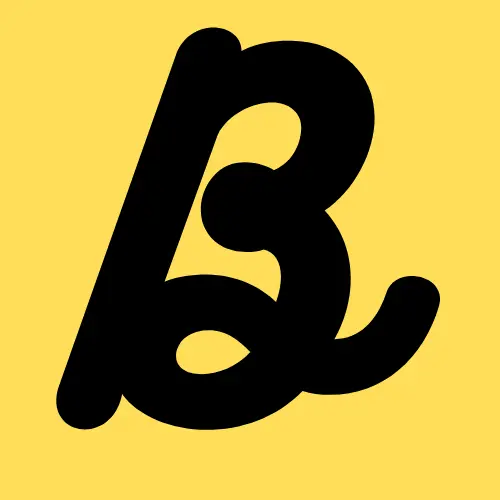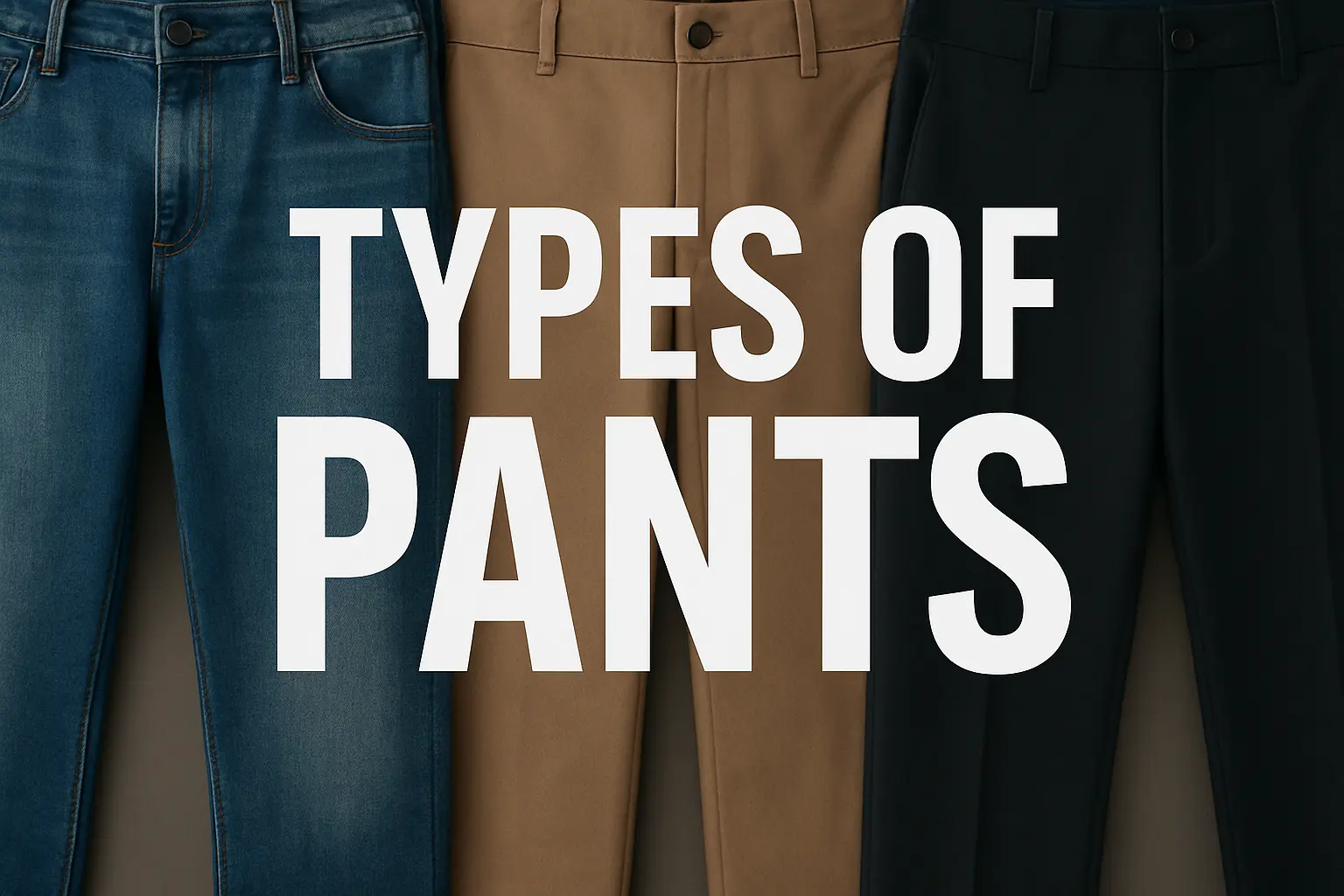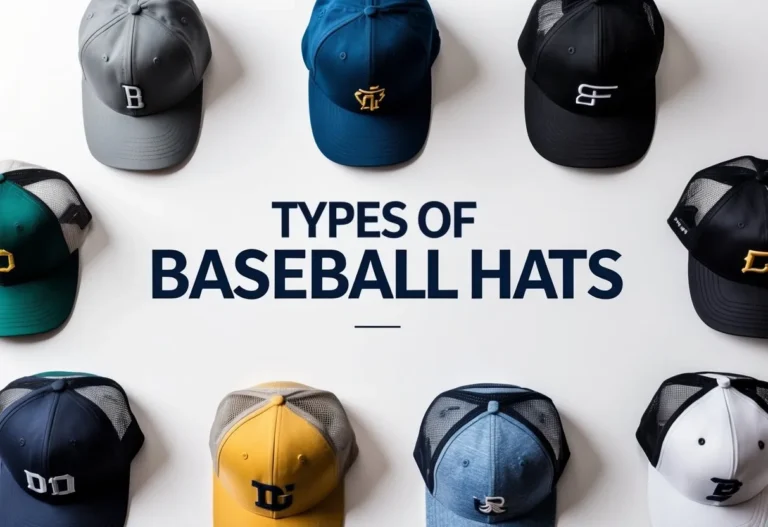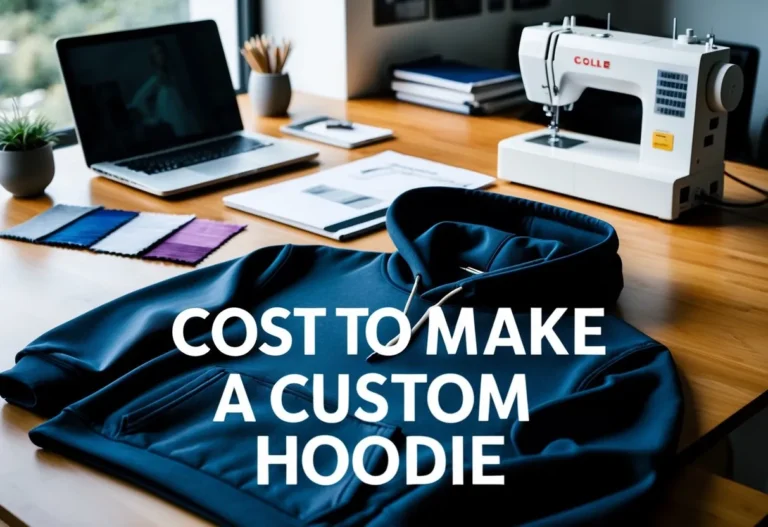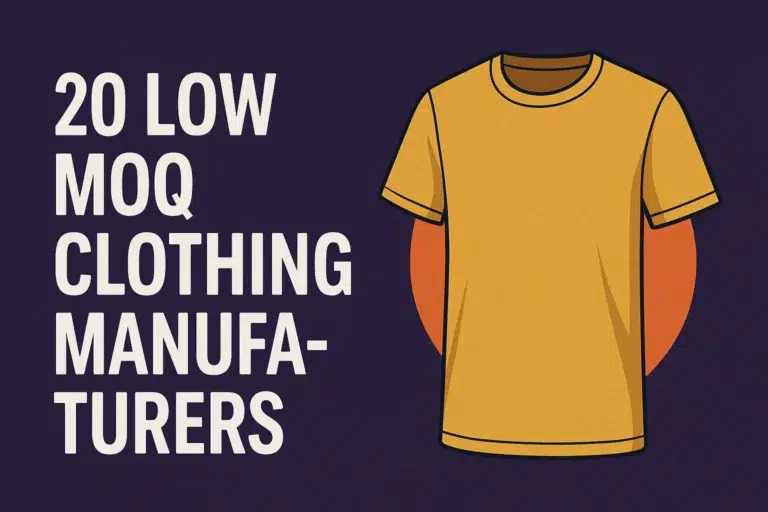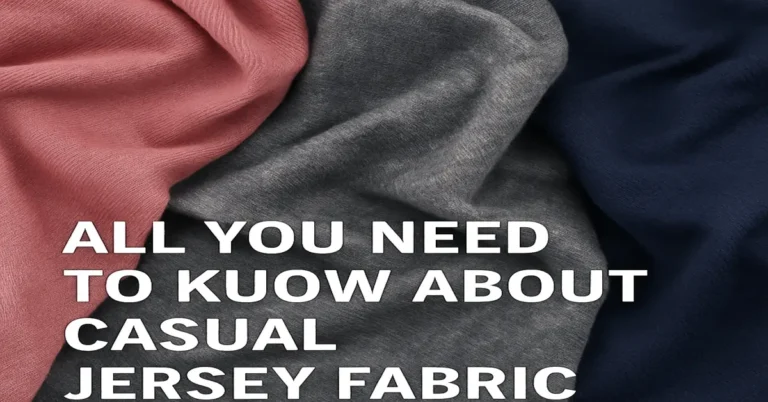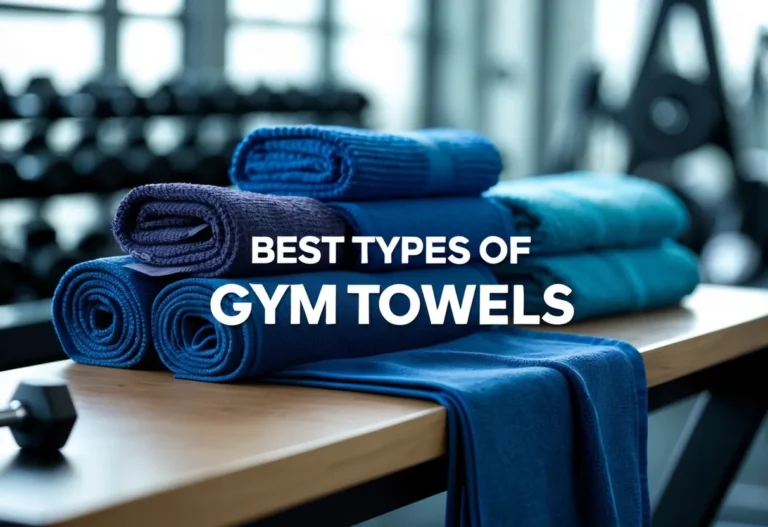Types of Pants: Explore Styles For Men & Women With Fabrics
Pants show up in all sorts of shapes, materials, and cuts for different needs. Knowing the main types of pants helps people choose the right pair for comfort, style, and function. Whether it’s work, a workout, or just hanging out, there’s always a pair that fits the moment.

Pants can look and feel different based on leg cut, fabric, or details like pockets and elastic cuffs. Men, women, and kids all have their own go-to styles, which change with trends. Getting the basics down makes shopping less of a headache.
There are options for formal events, working out, or just relaxing at home. Knowing the main categories and fabric types helps anyone pick pants that fit well and look good, no matter the occasion.
Key Takeways
- Pants come in many styles with unique fits and fabrics.
- Each style serves different needs like work, exercise, or casual wear.
- Knowing these types makes it easier to choose the right pants.
Understanding Pants: Key Features and Construction

Pants have parts that shape how they fit and feel. The style, fabric, and construction all play a part in their comfort and look. The waistband, leg fit, and closure at the front all matter. These details can change both how pants work and how they look.
Essential Parts of Pants
Pants have a few main parts: waistband, belt loops, fly, pockets, seat, crotch seam, inseam, hem, and rise. The waistband keeps the pants up and usually has belt loops for a belt. The fly is the front opening, closed with a zipper or buttons.
Pockets give you places to stash small stuff and can show up in different spots, like the front or back. The seat shapes the fit around the hips and butt. The crotch seam connects the legs and affects how the pants move. The inseam runs from crotch to hem and decides the leg length, while the hem is the finish at the end of the pant legs.
Rise is the distance from the crotch seam to the top of the waistband. High rise sits closer to your natural waist; low rise sits lower. All these parts work together to change the fit and comfort.
Common Pant Fits and Cuts
Pant fits show how close pants sit to your body. Some of the big ones are straight, slim, bootcut, wide-leg, tapered, and baggy. Straight pants keep the same width all the way down. Slim fits get narrower and hug the legs but aren’t super tight.
Bootcut pants flare out a bit at the bottom for boots. Wide-leg pants are loose from top to bottom. Tapered pants get narrower at the ankle for a modern vibe. Baggy pants are roomy and give off a relaxed feel.
The fit you choose changes how easy it is to move and what the pants are good for. Slim fits often work for dressier days; joggers or baggy pants are more for casual wear.
Closure Types and Waistband Styles
Closures keep pants up at the waist. You’ll see zippers, buttons, hook-and-bar, and drawstrings. Zippers are easy. Buttons can look nice or just do the job. Hook-and-bar gives a flat look, which is common in dress pants.
Waistbands can be elastic, fixed, or have adjustable bits like drawstrings or side tabs. Elastic waistbands focus on comfort and are common in casual or sports pants. Fixed waistbands, with no stretch, are what you’ll find on most dress pants.
Belt loops are on most pants so you can wear a belt for extra hold or style. Sometimes pants just use elastic or drawstrings and skip the loops.
Pant Sizing and Fit Considerations
Sizing usually comes down to waist and inseam, in inches. The waist is measured where the waistband sits. The inseam is the length from crotch to hem.
Other things like rise and seat width matter too. High rise pants fit differently than low rise. The crotch seam and room around the hips and thighs also change comfort.
Pants should let you move easily and not sag or pinch. It’s best to try them on or check size charts. Stretchy fabrics and what you’ll use the pants for can also affect what size and style you end up picking.
For more on pant features and styles, see Understanding Pants Construction: Key Parts and Their Functions.
Popular Types of Pants

Pants come in tons of styles for different situations. Some are tough and casual, others look sharp and dressy. Material, fit, and design make each type stand out.
Jeans
Jeans use denim, a sturdy cotton with a twill weave. They’re famous for lasting a long time and being easy to wear. You can get them skinny, straight, or relaxed.
They usually have rivets and useful pockets. Jeans go with almost anything, which is probably why they’re everywhere. They’re easy to care for and stick around for years.
Styles range from plain dark washes to ripped or faded. Most people have at least one pair—they’re comfy and never really go out of style.
Chinos
Chinos use twill cotton that’s lighter and smoother than denim. They look clean and a bit more dressed up, with slim or straight legs and not much extra detail.
You won’t find pleats or a bunch of pockets here, so they look neater than khakis but not as formal as dress pants. That makes chinos great for business casual or smart everyday looks.
They come in lots of colors—beige, navy, olive, you name it. The lighter fabric feels good in warm weather and works for dressing up or down.
Cargo Pants
Cargo pants have big side pockets on the thighs. They started out for soldiers and workers, giving extra storage without a bag.
Usually, they’re loose and made from tough cotton twill. People wear cargo pants for outdoor stuff, jobs that need pockets, or casual days when comfort matters most.
They’ve moved past just workwear. Now you’ll see cargo pants in all sorts of fits, from baggy to slim.
Dress Pants
Dress pants, or trousers, are for formal stuff or the office. They’re made from wool, polyester blends, or cotton twill with a smooth finish.
Dress pants have a more structured fit, with creases, belt loops, and tailored legs. You’ll find them in slim, straight, or relaxed fits.
They go with dress shirts, blazers, and nice shoes. You kind of need them for work or special events, but they do need more care than jeans or chinos.
For more in-depth details on various pants types, see the guide to 34 different types of pants.
Pants Styles for Men

Men’s pants come in all kinds of styles for different needs. Picking the right pair depends on where you’re headed, what the pants are made of, and how they fit. Comfort and how you look both matter, especially when you’re trying to balance business and downtime.
Work Pants
Work pants are tough, usually made with canvas or denim. They’ve got things like reinforced knees and extra tool pockets. These pants focus on function but still try to stay comfortable for long days.
Common work pants are cargo pants and rugged chinos. Cargo pants have lots of pockets; work chinos are softer but still hold up. Some brands add stretch for easier movement on the job.
Strong stitching and reinforced spots help them last. Work pants need to fit well—snug, but not so tight you can’t move.
Suit Trousers
Suit trousers are a must for dressy events or work. People also call them dress pants. They’re made from nicer fabrics like wool, gabardine, or mohair. You’ll see slim or classic straight cuts for a sharp look.
Good suit trousers have a clean waistband, creases, and sometimes pleats or flat fronts. Navy, grey, and black are popular since they go with most jackets and shirts.
Wearing them with a matching jacket and good shoes makes the outfit. Tailoring matters a lot—pants should hit just right at the ankle, not bunch up.
Casual Pants
Casual pants cover a lot of ground. They’re usually cotton or light blends, focusing on comfort. Chinos, jeans, joggers, and khakis are all in this group.
Chinos feel light and can go from casual to a bit dressy. Jeans are always in style, with fits from skinny to relaxed. Joggers and sweatpants are all about comfort—great for lazy days or working from home.
Colors are usually earth tones, denim blues, or neutrals, so they go with most tops. Breathable fabric and versatility are key for daily wear.
Pants for Men
Men’s pants need to balance fit, use, and fabric for whatever life throws at you. Slim-fit trousers give a modern, neat look for work or going out. Relaxed fits are comfier but still look good if they’re tailored right.
Fabrics range from denim and cotton to wool and leather. Each works for a different season or mood—wool for cold, leather for something bold, denim for everyday.
Drawstring trousers and cropped pants mix things up style-wise. If you stick to basics like black, navy, grey, and khaki, you’ll have options for just about any situation.
Pants Styles for Women

Women’s pants come in all shapes and fits. Some focus on comfort and stretch, others on style and structure. Each type works better for certain places and activities—there’s really something for everyone.
Leggings
Leggings are tight-fitting pants made from stretchy fabrics like cotton, spandex, or polyester blends. They move with you, so they’re a favorite for workouts and hanging out.
Most leggings have an elastic waistband and skip zippers or buttons. Many women wear them with longer tops for extra coverage. You’ll find them in solids, wild patterns, or fun prints.
People love leggings for comfort and flexibility. They work for yoga, running, or just lounging. Some are thick and opaque enough for wearing outside, while lighter ones are great for layering.
Palazzo Pants
Palazzo pants are wide-legged trousers that flare out from the waist all the way down. Usually, they’re made from light, flowy fabrics like chiffon or silk, so they’re easy to move in and feel breezy.
These pants look relaxed but still stylish. Their loose fit hides the leg shape, making them flattering for lots of body types. Palazzo pants are perfect for warm weather and can go casual or dressy, depending on what you wear with them.
They come in bold patterns, bright colors, and classic solids. The high waist and billowy cut give a cool silhouette, and people often pair them with fitted tops to keep the look balanced.
Culottes
Culottes are pants that look a lot like a skirt because they have wide, flowing legs and a cropped length—usually just below the knee or mid-calf.
They mix the freedom of pants with the breezy feel of a skirt. Culottes usually have a loose fit and sit at the mid or high waist, so they work for lots of situations, from work to hanging out with friends.
You’ll find culottes in materials like linen and cotton blends, which help you stay cool. Their unusual cut makes them both fashionable and practical, especially when it’s hot out.
Pants for Women
“Pants for women” really covers a lot—jeans, chinos, tailored trousers, sweats, you name it. Designers focus on comfort, fit, and function.
Women’s pants change up in leg shape—skinny, straight, flare, or bootcut—and in rise, like high-rise or mid-rise, which affects how they feel and look. Fabrics go from denim to light cotton or synthetics.
Details like pockets, belt loops, pleats, or cuffs make a difference. Women pick pants based on where they’re going—formal trousers for work, casual pants for daily stuff, and stretchy pants for active days.
For more styles and pictures, check out pants styles for women.
Specialty and Trendy Pants Styles

Some pant styles stand out because of their shapes, fits, or cultural roots. These designs mix comfort with a bit of flair and have changed over time to work for casual and formal looks. Knowing what makes each style unique can help you pick what feels right for the moment.
Sweatpants and Joggers
Sweatpants, usually made from soft cotton or fleece, give you comfort and warmth. They’re loose, with elastic waistbands and cuffs. Sweatpants started as workout gear, but now sweatpants are everywhere as casual wear.
Joggers are like a neater version of sweatpants. They’re slimmer and taper down to elastic or ribbed cuffs. Joggers use lighter, breathable fabrics like cotton blends or even silk. That makes joggers good for lounging or wearing out and about.
You can wear both sweatpants and joggers with sneakers or casual tops. Joggers look a bit more put-together than old-school sweatpants or track pants.
Wide-Leg and Flared Pants
Wide-leg pants are loose all the way down from the waist. They make a flowing shape and work with fabrics like denim, linen, or wool. Most people pair them with fitted tops to keep things balanced.
Flared pants, including bootcut and bell bottoms, stay narrow at the thighs but flare out below the knees. Bootcut has a smaller flare for a tidy look, while bell bottoms go all in for a vintage vibe.
Both styles make legs look longer and can work for casual or dressy outfits. Wide-leg pants lean into comfort and style, while flared pants bring a bit of retro energy.
Capri Pants and High-Rise Pants
Capri pants stop at mid-calf, so they’re breezy for warm weather. They’re longer than shorts but shorter than regular pants. Honestly, capris don’t show up as much these days since other cropped styles are easier to wear with different outfits.
High-rise pants sit at or above your natural waist. They make your legs look longer and work with jeans, trousers, and dressier pants. High-rise styles are a go-to for both casual and professional looks because they feel modern and sharp.
Capris work best when it’s hot and you want to keep it casual, but high-rise pants are solid all year and add a touch of polish.
Pleated and Baggy Pants
Pleated pants have folds at the waist that add shape and give a tailored feel. These pleats can be sharp or soft, depending on the vibe you want. They pull off formal looks but still let you move easily.
Baggy pants are all about a loose, roomy fit for comfort. The super-baggy cargo look isn’t as popular now, but you’ll see more fitted baggy styles that taper at the ankle.
Pairing baggy pants with something fitted on top keeps the look in check. Pleated pants are nice for work or dressy events, while baggy pants are perfect for laid-back days.
Pant Fabrics and Materials

Pants come in all kinds of fabrics, each with its own perks like breathability, toughness, and comfort. These things affect how pants feel and last. The “right” fabric depends on weather, what you’re doing, and what you like to wear.
Cotton and Denim
Cotton is a natural fiber that’s soft and lets your skin breathe. Cotton pants work in most seasons and wick away sweat, so they’re good for warm days and everyday use. They last a while but wrinkle more than synthetic stuff.
Denim is a thick cotton weave. It’s famous for being tough and lasting ages, so it’s great for casual or work pants. If you see a bit of stretch in denim, that’s elastane mixed in, which makes them comfier. Denim pants hold their shape and don’t wrinkle much. Both cotton and denim are classics that hold up well.
Linen and Wool
Linen is all about staying cool—super breathable and light. Linen pants are a lifesaver in hot weather, keeping you dry and comfy. The downside? They wrinkle fast, so brands often blend in synthetic fibers for a smoother look and longer wear.
Wool gives you warmth and lasts a long time, so people pick it for dressy or cold-weather pants. Wool pants don’t wrinkle much and drape nicely. Tropical wool is a lighter version for warmer climates but still keeps the durability. You’ll often see wool mixes with synthetics or elastane for a bit of stretch and extra comfort.
Corduroy and Moleskin
Corduroy is a ribbed, soft, and tough fabric. Corduroy pants are usually medium weight, giving warmth and texture without being bulky. They bounce back from stretching, so no saggy knees. The texture stands out and you can dress them up or down.
Moleskin is tightly woven cotton with a brushed, suede-like feel. Moleskin pants are sturdy and block wind, making them good for cooler weather or outside stuff. They’re not super common, but people who wear them love the combo of toughness and comfort.
Stretch Fabrics: Spandex and Elastane
Spandex and elastane are synthetic fibers added to make pants stretch. They help pants move with you and keep their shape, which is great for skinny or fitted pants.
You’ll find stretch fabrics mixed with cotton, denim, wool, or synthetics for comfort and durability. For activewear or just everyday pants, a bit of spandex or elastane makes a big difference in how they fit and feel. These fibers are a game-changer for modern pants.
Frequently Asked Questions

This section tackles common questions about pant styles, fit, when to wear certain trousers, and care tips. You’ll also find info about fabric choices so you can spot the differences that matter for style and comfort.
What are the distinguishing features of chinos versus khakis?
Chinos use a lightweight cotton twill and look a bit sharper and more tailored. Khakis are made from heavier cotton and fit looser, with visible stitching.
Chinos come in more colors and look a bit dressier. Khakis stay in the tan or earthy range and feel more casual.
How do I determine the right fit for skinny jeans?
Skinny jeans should fit close from hips to ankles but not squeeze too tight. You want to move easily without pinching at the waist or knees.
Look for jeans with some stretch for comfort. Pick a size that fits your widest part without being too snug.
What occasions are most suitable for wearing dress trousers?
Dress trousers are good for business meetings, formal events, or semi-formal stuff. They dress up your look and go well with blazers or nice shirts.
Pick them for professional places or dinners where you need to look polished and put together.
Can you explain the differences between straight-leg and boot-cut jeans?
Straight-leg jeans stay the same width from thigh to hem, giving a balanced look. They’re classic and work for most body shapes.
Boot-cut jeans get wider from the knee down so they fit over boots. They add a bit of flare for a casual or western vibe, but it’s not too much.
What are some recommended care instructions for maintaining corduroy pants?
Wash corduroy pants inside out on a gentle cycle to protect the texture. Skip the high heat—air drying helps keep the fabric nice.
If you need to iron, use low heat. A soft brush keeps the ridges clean. Taking care like this helps corduroy last longer and look better.
What types of materials are typically used in the construction of activewear pants?
Most activewear pants use stretchy jersey, polyester blends, or nylon so you can move easily and stay dry. Some brands toss in spandex to give a bit more stretch.
These materials help your skin breathe, dry off fast, and just feel good whether you’re working out or just hanging around. You’ll usually see elastic waistbands or maybe a drawstring, too—because who wants pants that don’t fit right?
